-
 Bitcoin
Bitcoin $107,341.7259
0.15% -
 Ethereum
Ethereum $2,438.6204
0.70% -
 Tether USDt
Tether USDt $1.0003
-0.02% -
 XRP
XRP $2.1866
1.94% -
 BNB
BNB $649.0952
0.36% -
 Solana
Solana $150.9602
5.63% -
 USDC
USDC $0.9999
0.00% -
 TRON
TRON $0.2742
0.40% -
 Dogecoin
Dogecoin $0.1645
1.93% -
 Cardano
Cardano $0.5669
1.18% -
 Hyperliquid
Hyperliquid $37.8286
4.19% -
 Bitcoin Cash
Bitcoin Cash $491.4669
-2.74% -
 Sui
Sui $2.8150
3.06% -
 Chainlink
Chainlink $13.4184
2.91% -
 UNUS SED LEO
UNUS SED LEO $9.0809
0.27% -
 Avalanche
Avalanche $18.0295
2.60% -
 Stellar
Stellar $0.2396
1.19% -
 Toncoin
Toncoin $2.8587
0.13% -
 Shiba Inu
Shiba Inu $0.0...01160
2.59% -
 Litecoin
Litecoin $86.4192
1.45% -
 Hedera
Hedera $0.1486
1.19% -
 Monero
Monero $308.4324
0.87% -
 Polkadot
Polkadot $3.4202
1.43% -
 Bitget Token
Bitget Token $4.6436
-0.34% -
 Dai
Dai $0.9998
-0.02% -
 Ethena USDe
Ethena USDe $1.0002
0.00% -
 Uniswap
Uniswap $7.1527
3.29% -
 Pi
Pi $0.5357
-8.45% -
 Pepe
Pepe $0.0...09588
4.61% -
 Aave
Aave $259.9759
0.81%
What is Curve Finance? How does it optimize stablecoin trading?
Curve Finance is a DEX specializing in low-slippage stablecoin trades via a unique AMM algorithm and concentrated liquidity, offering high capital efficiency and boosted rewards for liquidity providers.
Mar 12, 2025 at 03:00 am
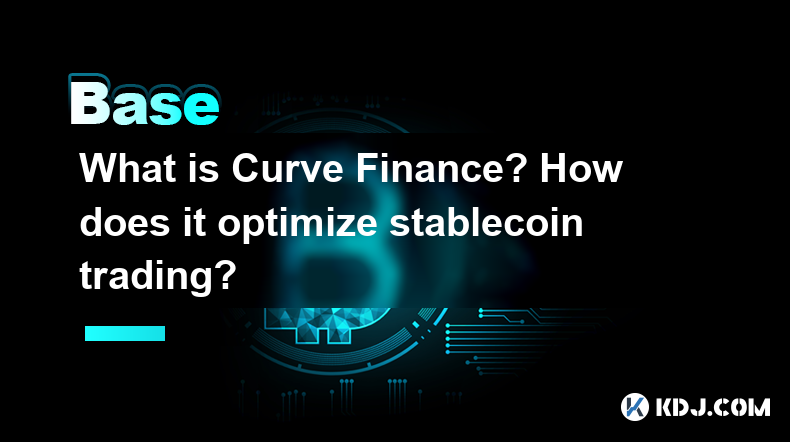
Key Points:
- Curve Finance is a decentralized exchange (DEX) specifically designed for trading stablecoins and other similar assets with minimal slippage.
- It achieves this through its innovative algorithm and the use of concentrated liquidity.
- Curve's unique features include low trading fees, high capital efficiency, and boosted rewards for liquidity providers.
- Understanding Curve's mechanics requires grasping the concepts of stablecoins, automated market makers (AMMs), and concentrated liquidity.
What is Curve Finance?
Curve Finance is a prominent decentralized exchange (DEX) operating on various blockchain networks like Ethereum, Avalanche, and Polygon. Unlike many other DEXs that focus on trading volatile assets, Curve specializes in facilitating the exchange of stablecoins and other assets with pegged values. Its primary goal is to provide users with extremely low slippage when trading these similar assets. This makes it particularly attractive for traders seeking efficient and cost-effective swaps.
How Curve Optimizes Stablecoin Trading:
Curve's optimization strategy relies heavily on its unique automated market maker (AMM) algorithm and the implementation of concentrated liquidity. Traditional AMMs, like Uniswap's constant product formula, often suffer from high slippage when trading assets with small price differences. Curve's algorithm is designed to minimize this issue, especially within the stablecoin trading environment.
Curve's AMM Algorithm:
Curve employs a stable swap algorithm. This algorithm is mathematically designed to provide better pricing for assets that are pegged to each other, or at least have a very small price difference. This contrasts sharply with traditional AMMs that are more suitable for volatile assets with wider price fluctuations. The result is significantly reduced slippage for stablecoin trades.
Concentrated Liquidity:
Another crucial aspect of Curve's efficiency is its use of concentrated liquidity. Liquidity providers (LPs) can choose a specific price range within which their liquidity is deployed. This contrasts with traditional AMMs where liquidity is spread across the entire price range. By focusing liquidity, Curve drastically reduces slippage for trades within the specified range, making it far more efficient.
Providing Liquidity on Curve:
To provide liquidity on Curve, users must deposit an equal value of two or more stablecoins into a liquidity pool. In return, they receive liquidity provider (LP) tokens representing their share of the pool. These tokens can then be used to trade on Curve, or staked for additional rewards in the platform's governance token, CRV. The rewards mechanism further incentivizes users to contribute liquidity, keeping the platform robust.
Curve's Fee Structure:
Curve charges relatively low trading fees compared to other DEXs. This contributes to its attractiveness for users seeking cost-effective stablecoin swaps. The fees are generally a small percentage of the trade volume, and a portion of these fees is distributed to liquidity providers as incentives. This further boosts the profitability of providing liquidity on the platform.
Security Considerations:
Like all decentralized platforms, Curve Finance is not immune to security risks. Smart contract vulnerabilities and exploits are always a possibility. Users should carefully research and understand the risks involved before interacting with the platform. Regular audits and security updates are crucial for maintaining the platform's security and user trust. Keeping up-to-date with any security announcements from the Curve team is vital.
Understanding Stablecoins:
Stablecoins are cryptocurrencies designed to maintain a stable value, typically pegged to a fiat currency like the US dollar. This stability makes them attractive for trading and other applications where price volatility is undesirable. Curve's success is directly tied to the increasing use and adoption of stablecoins in the DeFi ecosystem. Different stablecoins have different underlying mechanisms for maintaining their peg.
Curve's Role in DeFi:
Curve Finance plays a vital role in the decentralized finance (DeFi) ecosystem. It provides a crucial bridge for efficiently swapping between different stablecoins, facilitating a wide range of DeFi activities. Its low slippage and high capital efficiency make it a preferred choice for many DeFi applications and strategies. The platform's impact extends beyond simple stablecoin swaps, impacting many other DeFi services.
Frequently Asked Questions:
Q: What are the benefits of using Curve Finance?
A: Curve offers low slippage on stablecoin trades, high capital efficiency due to concentrated liquidity, and boosted rewards for liquidity providers. It also boasts a user-friendly interface for many users.
Q: What are the risks involved in using Curve Finance?
A: As with any DeFi platform, there are smart contract risks and the potential for exploits. Market volatility can also impact the value of LP tokens. Keeping abreast of security announcements is crucial.
Q: How does Curve's algorithm differ from other AMMs?
A: Curve uses a stable swap algorithm optimized for trading assets with minimal price differences, unlike the constant product formula used by many other AMMs. This minimizes slippage significantly.
Q: What are CRV tokens used for?
A: CRV tokens are Curve Finance's governance token. Holders can use them to vote on platform upgrades and proposals, and they are also often used in various yield farming and liquidity mining strategies.
Q: Can I lose money providing liquidity on Curve?
A: Yes, there's always a risk of impermanent loss when providing liquidity. This occurs when the price of the assets in the pool changes significantly relative to when you deposited them. Furthermore, platform vulnerabilities and exploits remain a possibility.
Q: How does concentrated liquidity improve trading efficiency on Curve?
A: Concentrated liquidity allows LPs to focus their funds within a specific price range. This drastically reduces slippage for trades within that range, making the trading process far more efficient. It increases the depth of liquidity within a specific range, enhancing trading efficiency.
Disclaimer:info@kdj.com
The information provided is not trading advice. kdj.com does not assume any responsibility for any investments made based on the information provided in this article. Cryptocurrencies are highly volatile and it is highly recommended that you invest with caution after thorough research!
If you believe that the content used on this website infringes your copyright, please contact us immediately (info@kdj.com) and we will delete it promptly.
- Bitcoin Wallets: Safeguarding Your Cryptocurrency Assets Like a New Yorker
- 2025-06-29 16:50:12
- Dogwifhat, Crypto Rally, and the Unexpected Challenger: A Meme Coin Mania?
- 2025-06-29 16:30:12
- Pi Network's Token Unlock: Sell-Off Fears or Future Fuel?
- 2025-06-29 16:30:12
- Altcoin Update: Vitalik Buterin on Major Changes in Governance and Digital Identity
- 2025-06-29 17:07:13
- Bitcoin Price, Moving Averages, and the Liftoff Question
- 2025-06-29 16:56:46
- Ripple's $RLUSD and the Stablecoin Boom: What's the Deal?
- 2025-06-29 17:15:12
Related knowledge
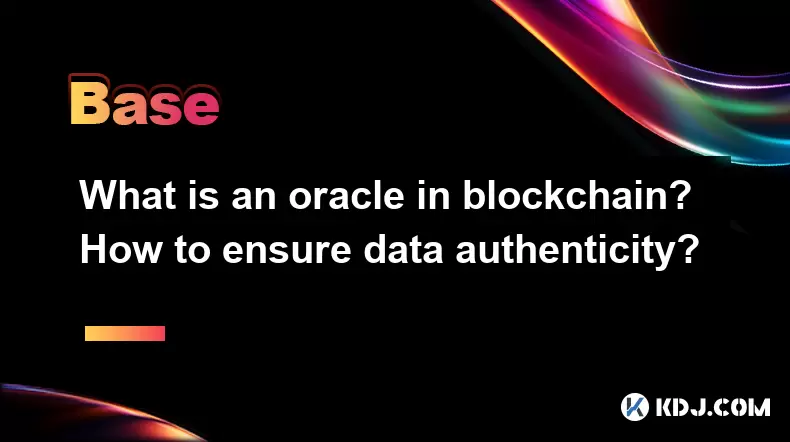
What is an oracle in blockchain? How to ensure data authenticity?
Jun 19,2025 at 08:49pm
Understanding the Role of an Oracle in BlockchainIn the context of blockchain technology, an oracle serves as a bridge between the blockchain and external data sources. While blockchains are inherently secure and decentralized, they cannot access real-world information on their own. Oracles enable smart contracts to interact with off-chain data such as ...
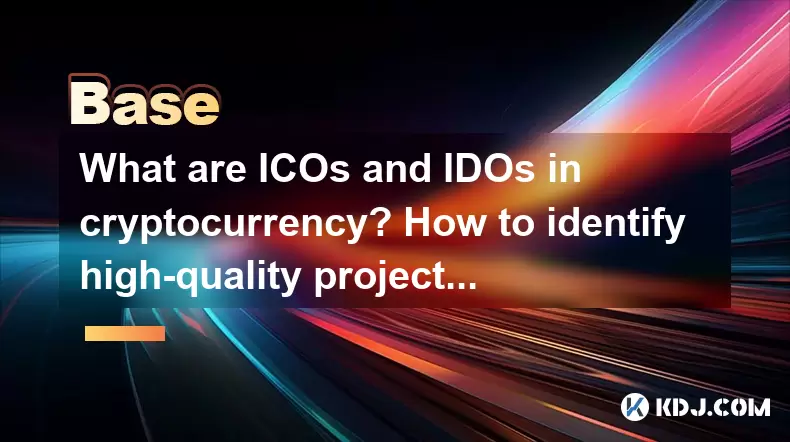
What are ICOs and IDOs in cryptocurrency? How to identify high-quality projects?
Jun 22,2025 at 11:49am
Understanding ICOs in CryptocurrencyInitial Coin Offerings (ICOs) are fundraising mechanisms used by cryptocurrency startups to raise capital for their projects. In an ICO, a company creates and sells its own tokens to investors in exchange for established cryptocurrencies like Bitcoin or Ethereum. The process typically involves the release of a whitepa...
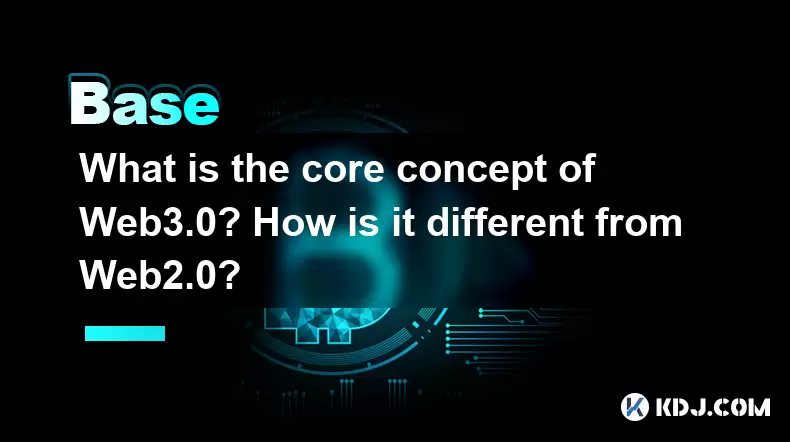
What is the core concept of Web3.0? How is it different from Web2.0?
Jun 21,2025 at 05:56pm
Decentralization as the Foundation of Web3.0The core concept of Web3.0 revolves around decentralization, which fundamentally challenges the centralized architecture of Web2.0. In Web3.0, control and ownership are distributed across a network rather than being held by a central authority or corporation. This is achieved primarily through blockchain techn...
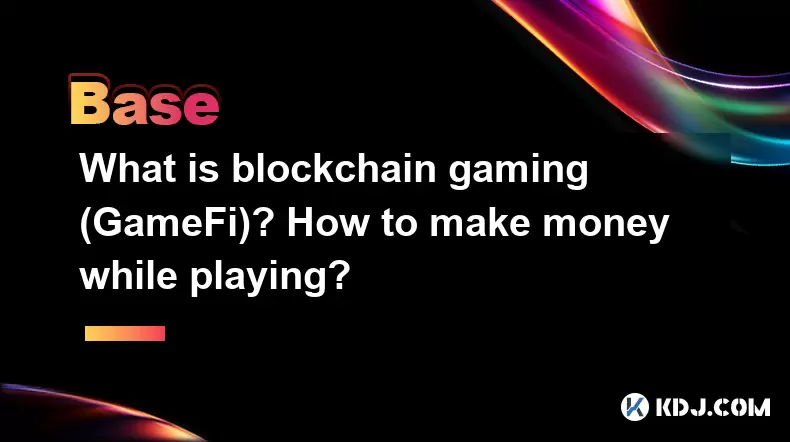
What is blockchain gaming (GameFi)? How to make money while playing?
Jun 20,2025 at 07:56am
Understanding Blockchain Gaming (GameFi)Blockchain gaming, often referred to as GameFi, is a fusion of blockchain technology and video games. It enables players to own in-game assets through non-fungible tokens (NFTs) and earn rewards via cryptocurrencies or token-based systems. Unlike traditional games where items are controlled by centralized develope...
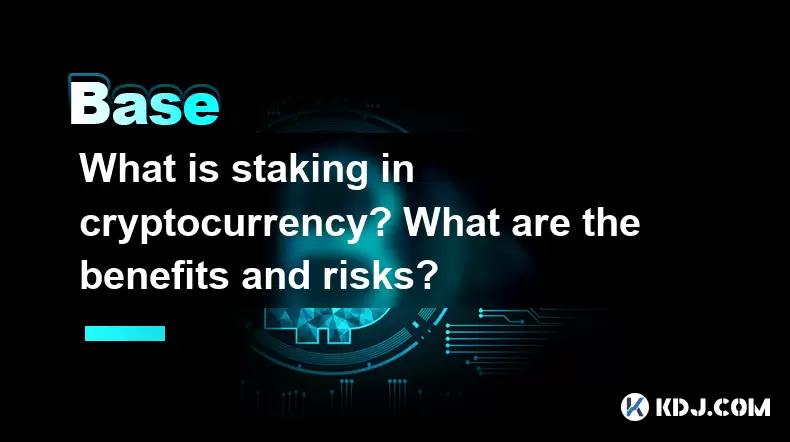
What is staking in cryptocurrency? What are the benefits and risks?
Jun 22,2025 at 10:01am
Understanding the Concept of Staking in CryptocurrencyStaking in cryptocurrency refers to the process of actively participating in transaction validation on a blockchain network that uses a Proof-of-Stake (PoS) consensus mechanism. Instead of miners competing to solve complex mathematical puzzles as in Proof-of-Work systems like Bitcoin, PoS blockchains...

How does the Lightning Network solve Bitcoin congestion? What is the usage process?
Jun 23,2025 at 06:21pm
Understanding Bitcoin Network CongestionBitcoin, as a decentralized digital currency, operates on a blockchain that records every transaction in a public ledger. Each block has a limited size, typically 1 megabyte, which allows for only a certain number of transactions per second (TPS). When the number of transactions increases, the network becomes cong...

What is an oracle in blockchain? How to ensure data authenticity?
Jun 19,2025 at 08:49pm
Understanding the Role of an Oracle in BlockchainIn the context of blockchain technology, an oracle serves as a bridge between the blockchain and external data sources. While blockchains are inherently secure and decentralized, they cannot access real-world information on their own. Oracles enable smart contracts to interact with off-chain data such as ...

What are ICOs and IDOs in cryptocurrency? How to identify high-quality projects?
Jun 22,2025 at 11:49am
Understanding ICOs in CryptocurrencyInitial Coin Offerings (ICOs) are fundraising mechanisms used by cryptocurrency startups to raise capital for their projects. In an ICO, a company creates and sells its own tokens to investors in exchange for established cryptocurrencies like Bitcoin or Ethereum. The process typically involves the release of a whitepa...

What is the core concept of Web3.0? How is it different from Web2.0?
Jun 21,2025 at 05:56pm
Decentralization as the Foundation of Web3.0The core concept of Web3.0 revolves around decentralization, which fundamentally challenges the centralized architecture of Web2.0. In Web3.0, control and ownership are distributed across a network rather than being held by a central authority or corporation. This is achieved primarily through blockchain techn...

What is blockchain gaming (GameFi)? How to make money while playing?
Jun 20,2025 at 07:56am
Understanding Blockchain Gaming (GameFi)Blockchain gaming, often referred to as GameFi, is a fusion of blockchain technology and video games. It enables players to own in-game assets through non-fungible tokens (NFTs) and earn rewards via cryptocurrencies or token-based systems. Unlike traditional games where items are controlled by centralized develope...

What is staking in cryptocurrency? What are the benefits and risks?
Jun 22,2025 at 10:01am
Understanding the Concept of Staking in CryptocurrencyStaking in cryptocurrency refers to the process of actively participating in transaction validation on a blockchain network that uses a Proof-of-Stake (PoS) consensus mechanism. Instead of miners competing to solve complex mathematical puzzles as in Proof-of-Work systems like Bitcoin, PoS blockchains...

How does the Lightning Network solve Bitcoin congestion? What is the usage process?
Jun 23,2025 at 06:21pm
Understanding Bitcoin Network CongestionBitcoin, as a decentralized digital currency, operates on a blockchain that records every transaction in a public ledger. Each block has a limited size, typically 1 megabyte, which allows for only a certain number of transactions per second (TPS). When the number of transactions increases, the network becomes cong...
See all articles

























































































